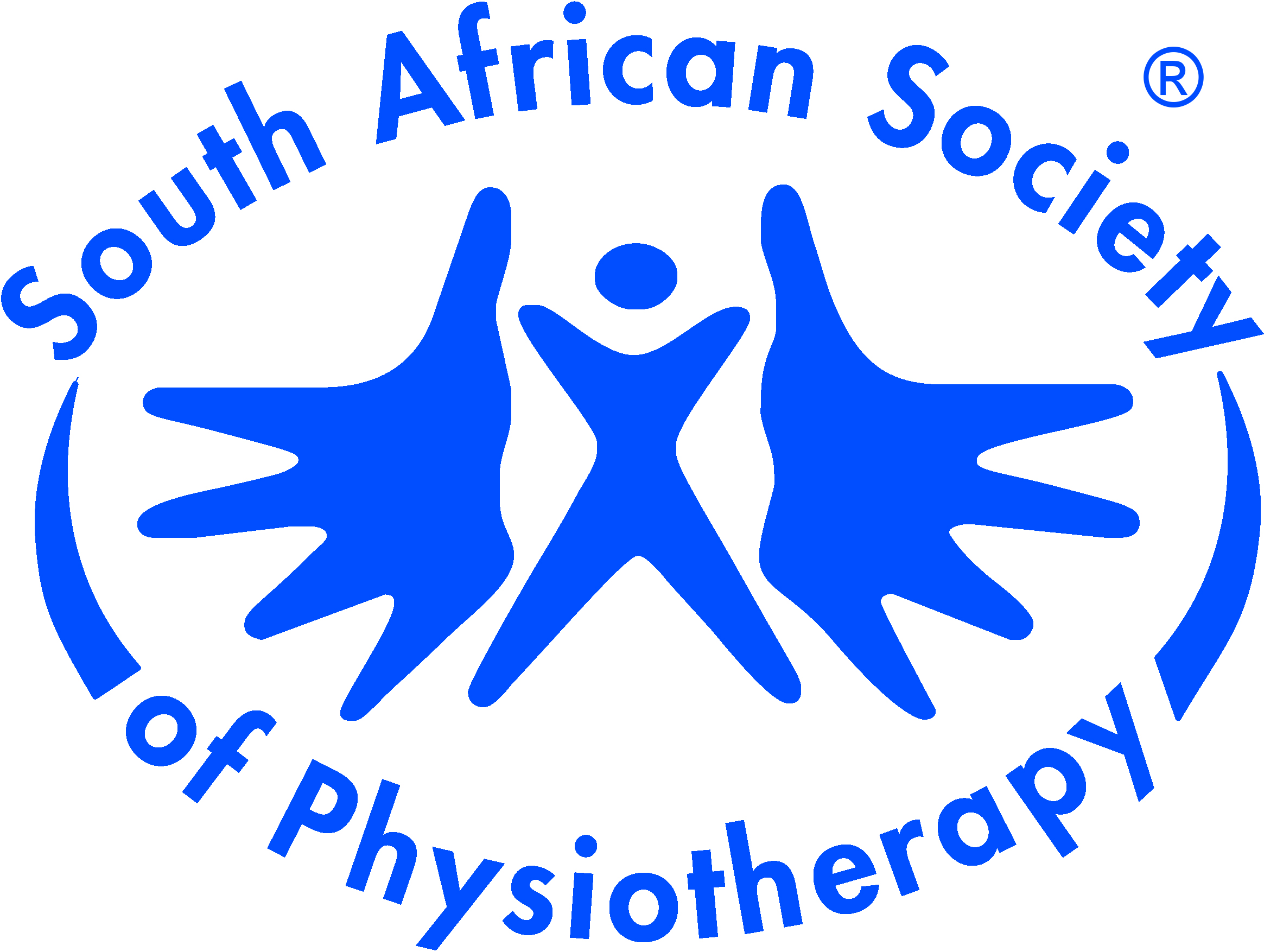Review Article
Bilateral versus unilateral upper limb training in (sub)acute stroke: A systematic and meta-analysis
Submitted: 11 September 2023 | Published: 23 January 2024
About the author(s)
Justine Dembele, REVAL, Faculty of Rehabilitation Sciences, Hasselt University, Diepenbeek, Belgium; and Department of Rehabilitation, National Reference Centre of Physical Medicine and Rehabilitation, Ouagadougou, Burkina FasoLisa Tedesco Triccas, REVAL, Faculty of Rehabilitation Sciences, Hasselt University, Diepenbeek, Belgium
Elogni Renaud Amanzonwé, REVAL, Faculty of Rehabilitation Sciences, Hasselt University, Diepenbeek, Belgium; and Unit of Neurology and NeuroRehabilitation, University Hospital of Parakou, Parakou, Benin
Oyéné Kossi, REVAL, Faculty of Rehabilitation Sciences, Hasselt University, Diepenbeek, Belgium; and Unit of Neurology and NeuroRehabilitation, University Hospital of Parakou, Parakou, Benin; and ENATSE, National School of Public Health and Epidemiology, University of Parakou, Parakou, Benin
Annemie Spooren, REVAL, Faculty of Rehabilitation Sciences, Hasselt University, Diepenbeek, Belgium
Abstract
Background: Integrating high dosage bilateral movements to improve upper limb (UL) recovery after stroke is a rehabilitation strategy that could potentially improve bimanual activities.
Objectives: This study aims to compare the effects of bilateral with unilateral UL training on upper limb impairments and functional independence in (sub)acute stroke.
Method: Five electronic databases (PubMed, Scopus, PEDro, ScienceDirect, Web of Science) were systematically searched from inception to June 2023. Randomised controlled trials comparing the effect of bilateral training to unilateral training in stroke survivors (< 6 months poststroke) were included. The treatment effect was computed by the standard mean differences (SMDs).
Results: The review included 14 studies involving 706 participants. Bilateral training yielded a significant improvement on UL impairments measured by FMA-UE compared to unilateral training (SMD = 0.48; 95% CI: 0.08 to 0.88; P = 0.02). In addition, subgroup analysis based on the severity of UL impairments reported significant results in favour of bilateral UL training in improving UL impairments compared to unilateral training in “no motor capacity” patients (SMD = 0.66; 95% CI: 0.16 to 1.15; P = 0.009). Furthermore, a significant difference was observed in favour of bilateral UL training compared to unilateral UL training on daily activities measured by Functional Independence Measure (SMD = 0.45; 0.13 to 0.78; P = 0.006).
Conclusion: Bilateral UL training was superior to unilateral training in improving impairments measured by FMA-UE and functional independence in daily activities measured by Functional Independence Measure in (sub)acute stroke.
Clinical implications: Bilateral upper limb training promotes recovery of impairments and daily activities in (sub)acute phase of stroke.
Keywords
Sustainable Development Goal
Metrics
Total abstract views: 1274Total article views: 734
